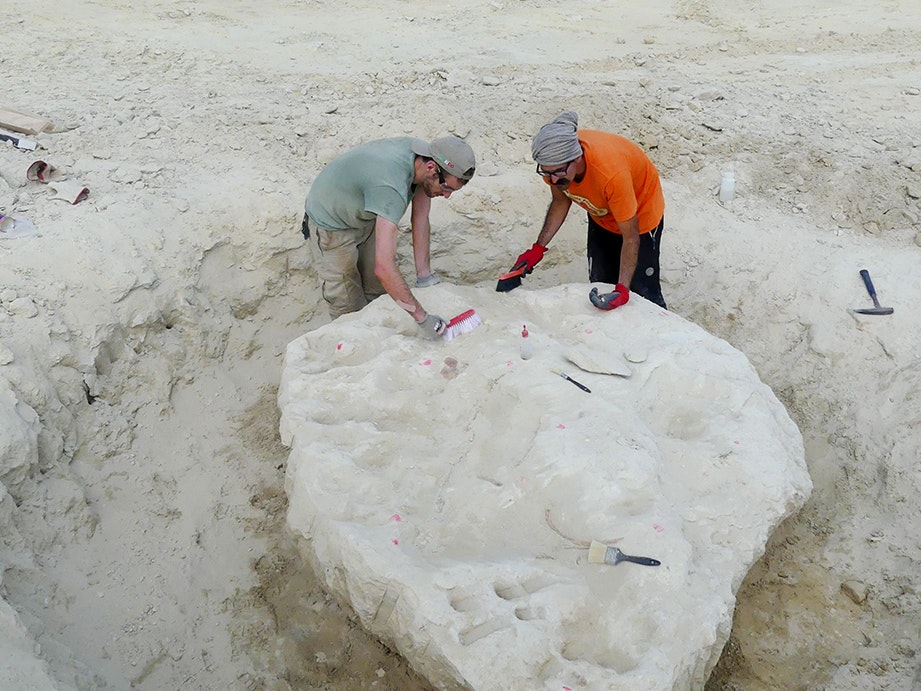
Palaeo introductions #1 – Palaeontology at Te Papa
Find out about places, people, methods, and species that are important to palaeontological research at Te Papa and beyond.
Free museum entry for New Zealanders and people living in New Zealand
Open every day 10am-6pm
(except Christmas Day)
Free museum entry for New Zealanders and people living in New Zealand
Te Papa’s collections and research on dinosaur bones, animals, and plant fossils from past geological ages, and the people involved in the discovery of their remains.

Find out about places, people, methods, and species that are important to palaeontological research at Te Papa and beyond.

The herbarium at Te Papa has a collection of around 850 plant fossils from New Zealand and overseas collected by WRB Oliver, Mr HR Thompson, Mr Horace Fyfe, Mr H Hill, Mr M Ongley, and Jean-Claude Stahl among others. Many of these fossils can be seen on Collections Online.

In 2017, Taranaki collector Alastair Johnson found the fossil of a giant petrel. Not only was it a complete skull but it was the first fossil ever found of an intriguing kind of seabird. Two years later, Alastair found part of a wing bone of a giant petrel too. Both fossils are 3 million years old.
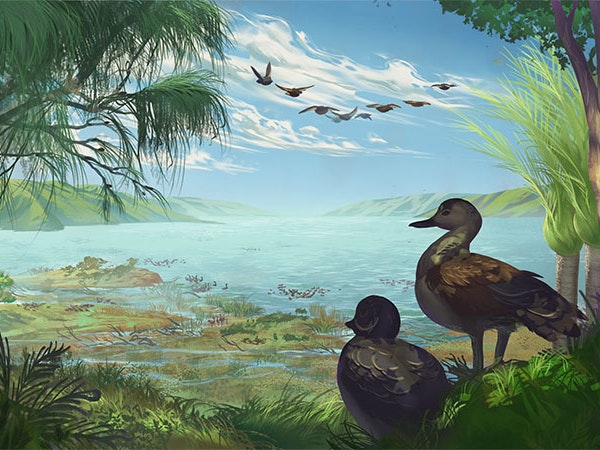
Thu 10 Mar 2022
One of the richest fossil sites in New Zealand has revealed a new species of large, extinct, duck.
Press release He pānui pāpāho

St Bathans is a Miocene wonderland full of fossils from a different world, including a bone that hadn’t seen the light of day for millions of years. Over on Sciblogs, Nic Rawlence describes finding Catriona’s shelduck.
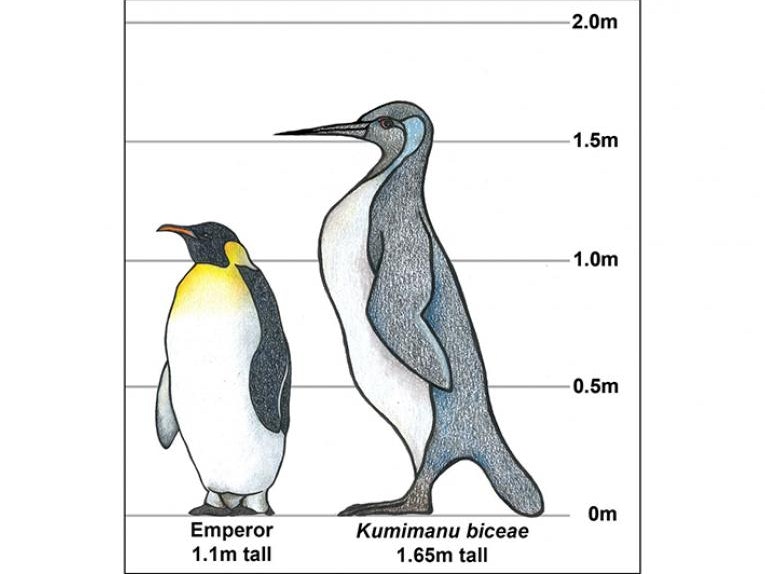
What do you do when you discover what is possibly the largest penguin ever? You name it after your mum. This is what Curator Vertebrates Alan Tennyson did.
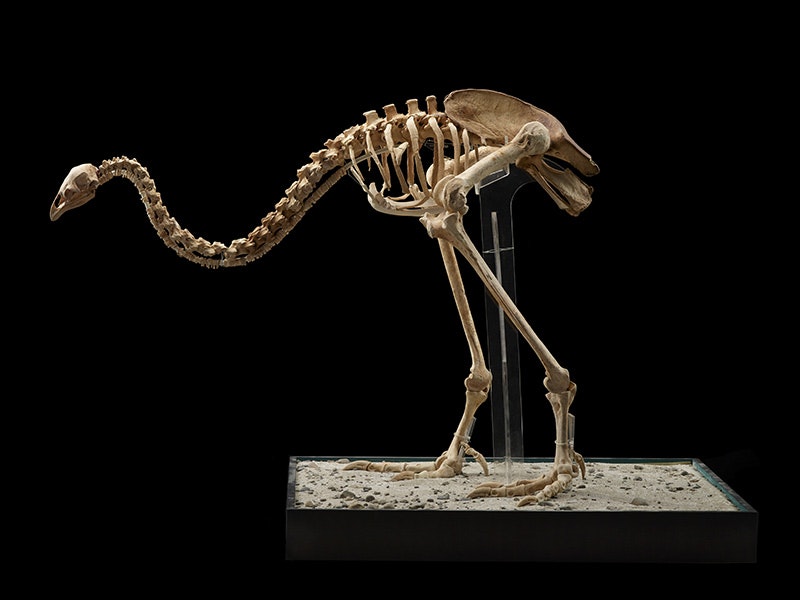
Te Papa's fossil vertebrate collection contains some 50 000 'lots' of fossil bones and is the biggest such collection in the country.
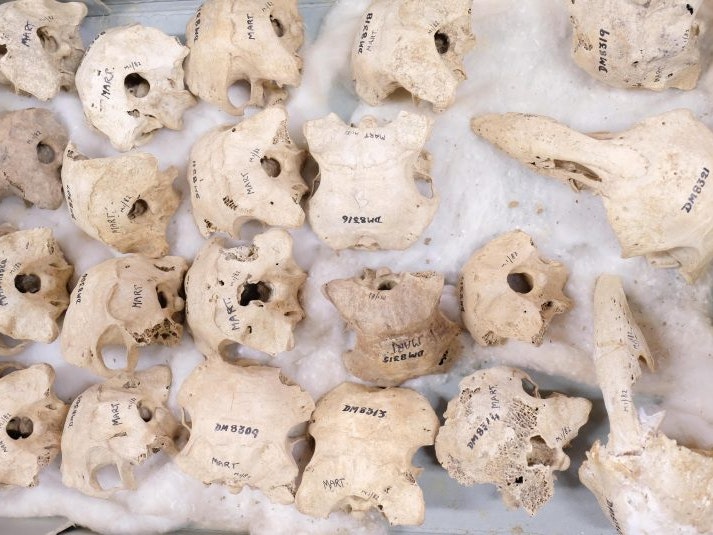
Fossilised bird grave sites are common in New Zealand, but one particular cave in Martinborough has revealed thousands of bones of flightless birds who plunged to their deaths.
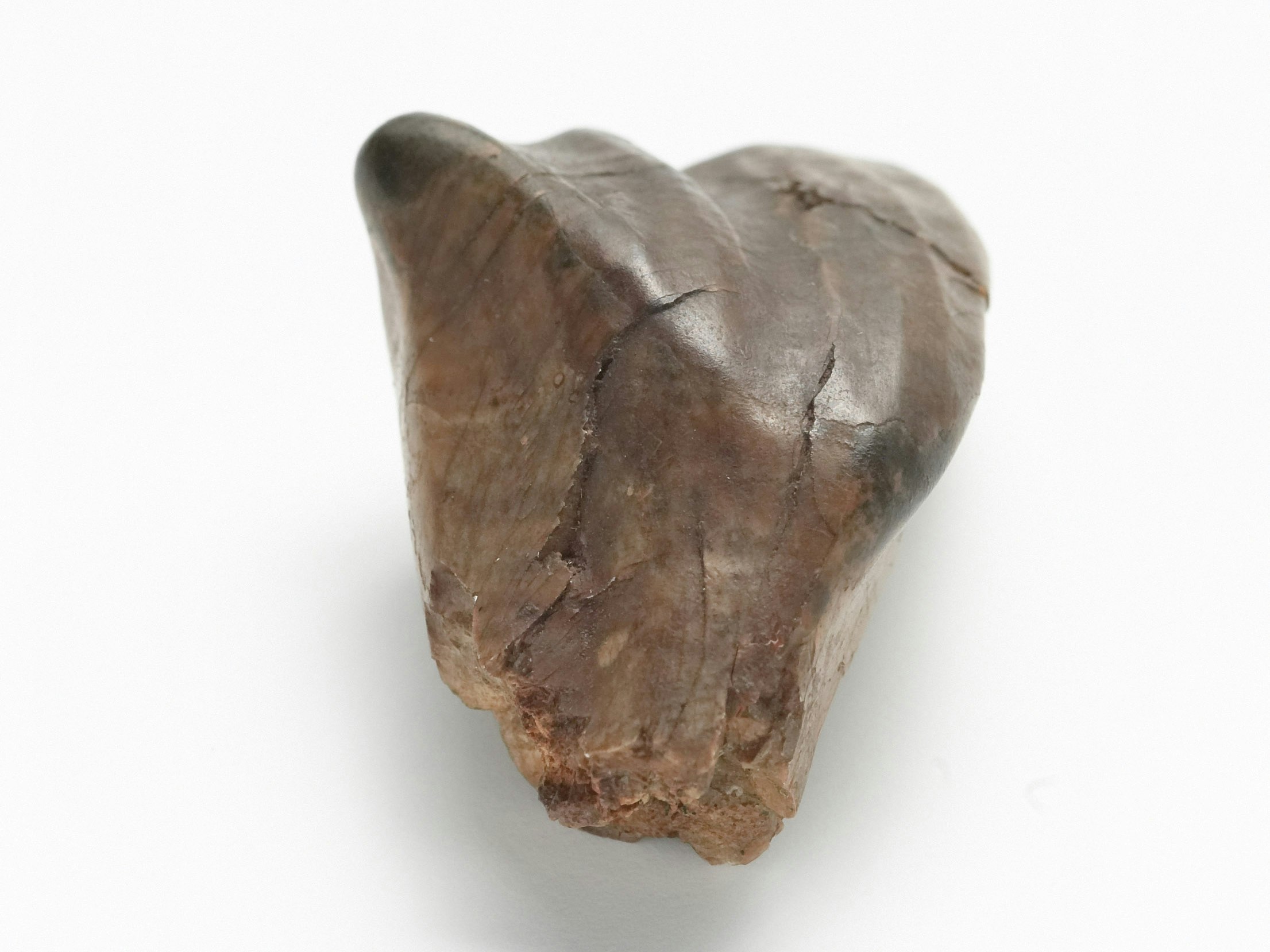
This fossil iguanodontid tooth is one of the first fossils ever to be recognised as a dinosaur and its discovery contributed to the beginning of dinosaur studies. The latest research suggests that the tooth probably isn’t Iguanodon, but in that related group, an iguanodontid and is 132 to 137 million years old.
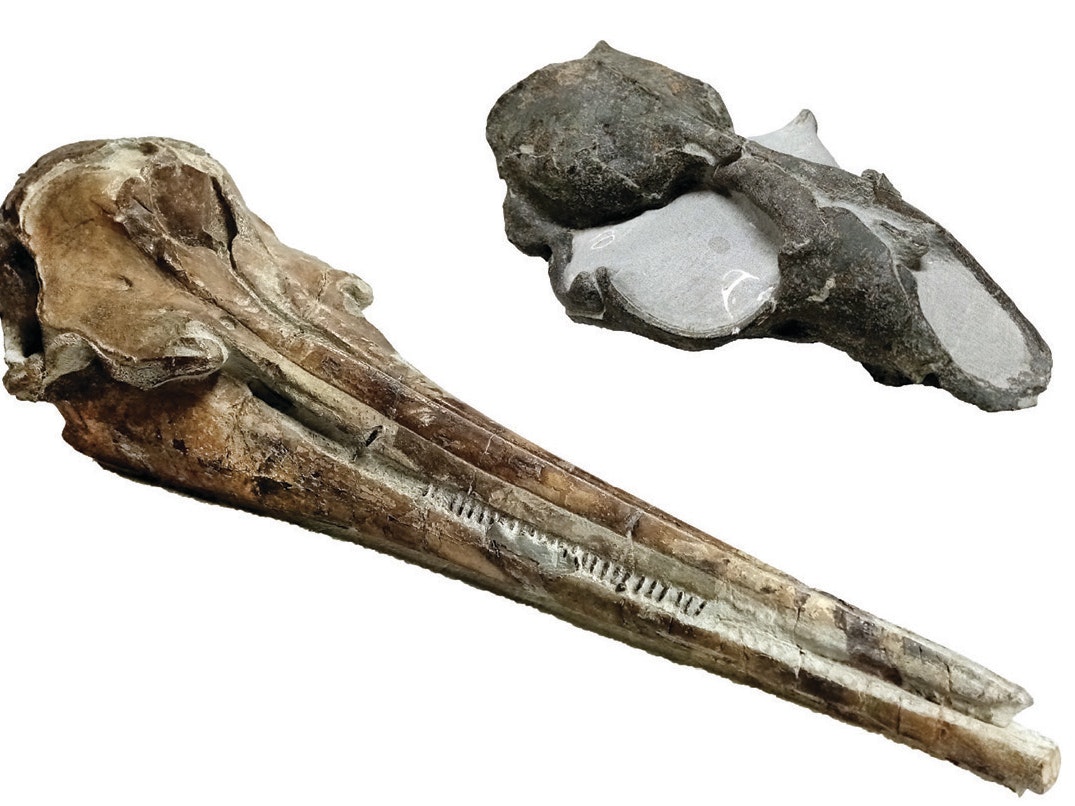
Studying fossils and living marine mammals to elucidate their diversity and evolution through deep time.
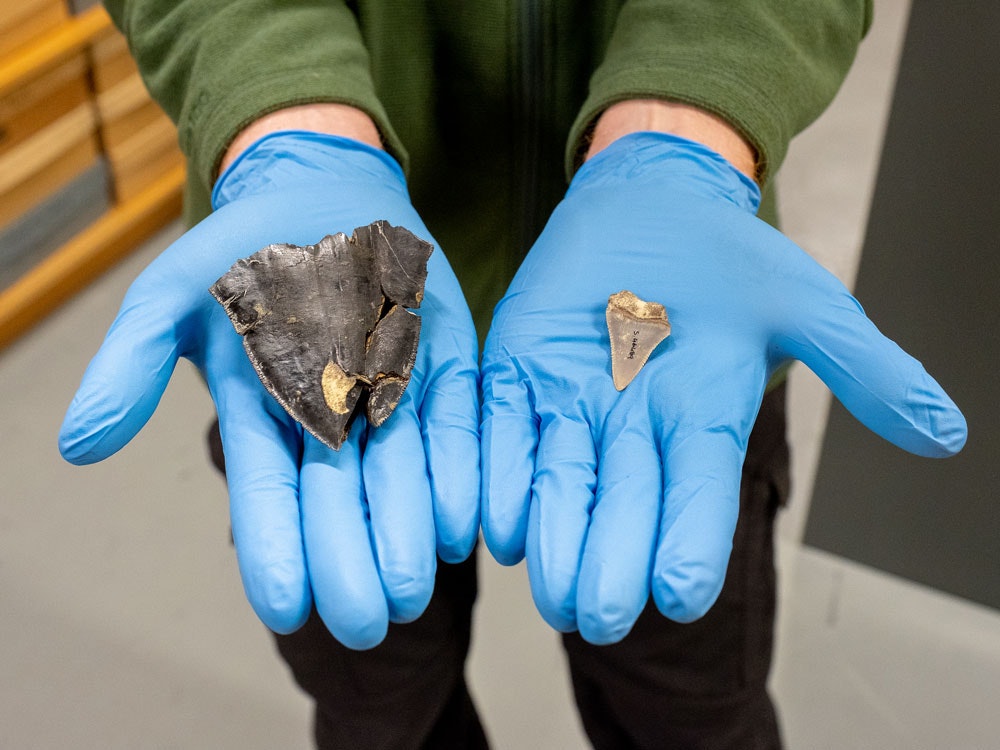
Curator of Vetebrates Alan Tennyson looks at what we know about the monster that grew to 18 metres and lived in New Zealand's waters - the megalodon 'big tooth' shark (Carcharocles megalodon).
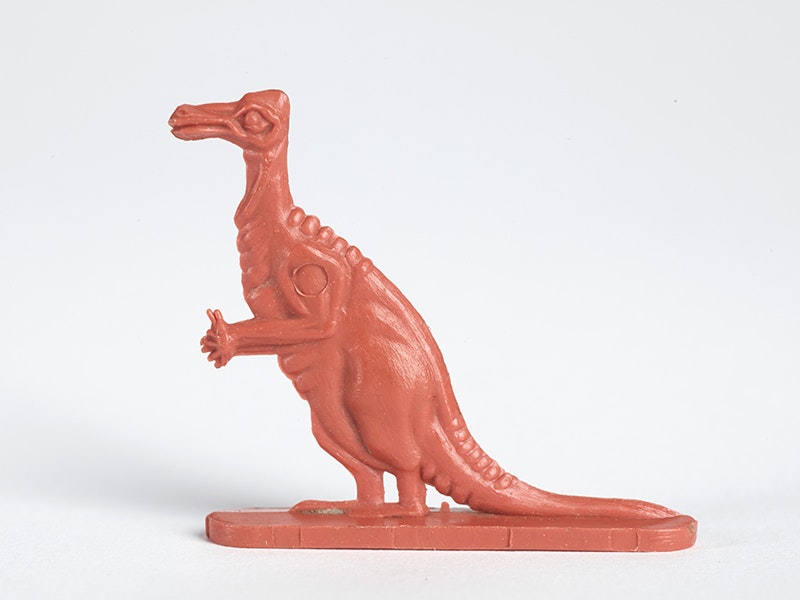
This set of plastic dinosaur figurines is part of a larger collection of toys played with by Christine Kiddey in New Zealand in the 1950s and 60s. The figures, from packets of cereal, probably Weetbix or Rice Bubbles, were collected and played with by many New Zealand children.
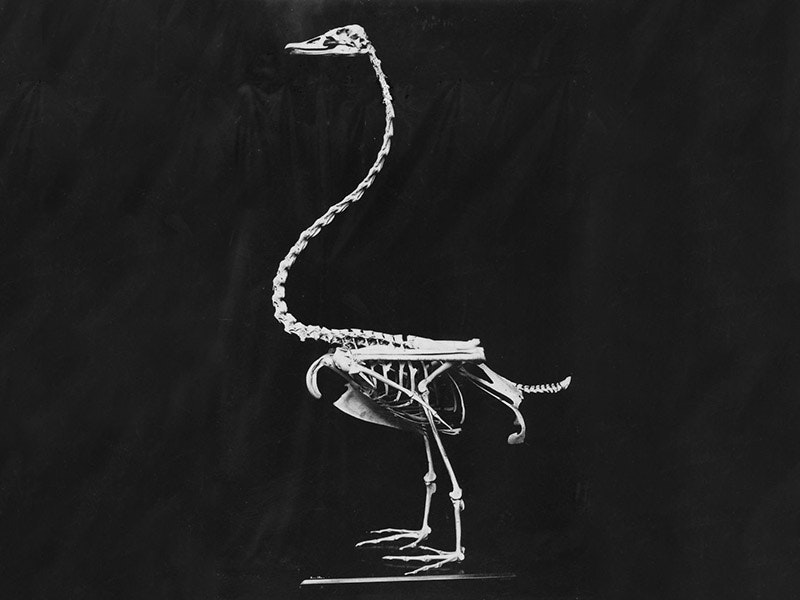
Curator of vertebrates, Alan Tennyson, talks about how New Zealand and the Chatham Islands had their own unique prehistoric swan.
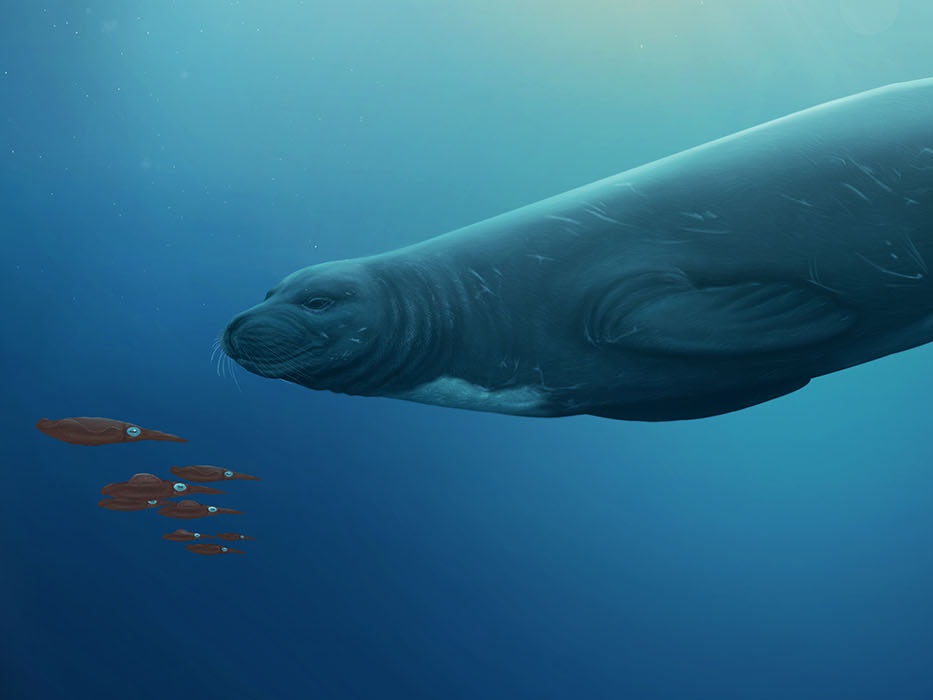
A fossil discovery in New Zealand has revealed a new species of seal that once called Australasia home. Its presence in our region turns the evolution of southern seals on its head.
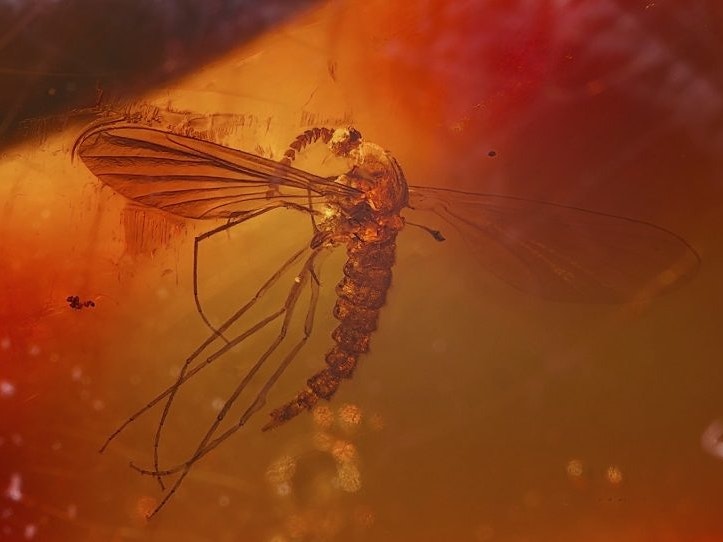
Can we really get DNA from mosquitos and other creatures preserved in amber?
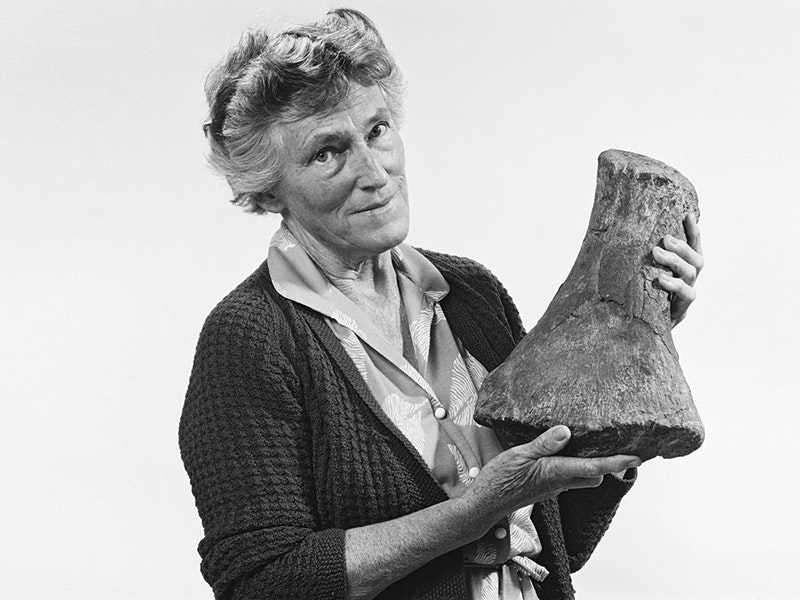
Scientist Lara Shepherd looks back at some pioneering female fossil hunters.

Inspired by his visit to the exhibition Bug Lab, resident geologist Hamish Campbell recounts finding New Zealand’s first pre-Pleistocene fossil bug.

This is where Jurassic Park began. Geologist Hamish Campbell and 16-year-old dinosaur fan Eric London talk about the very first fossil to be recognised as 'dinosaur'.
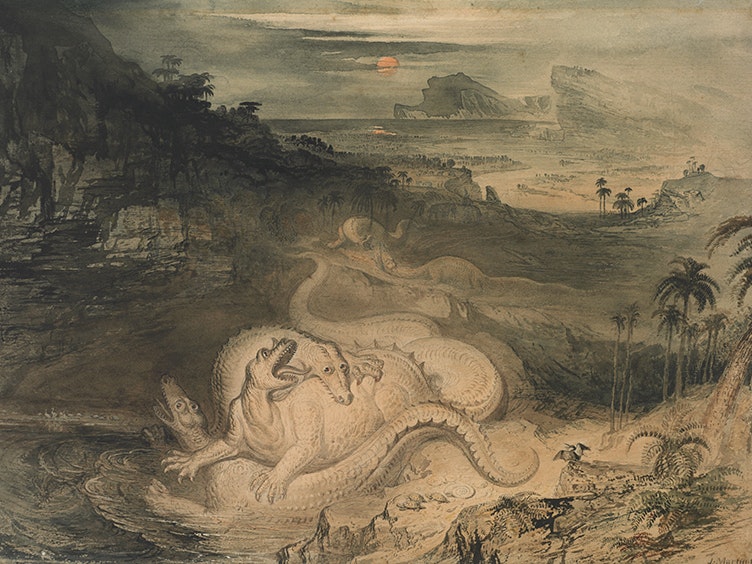
‘Mr Martin was deeply interested in the remains of the Iguanodon, etc. I wish I could induce him to portray the country of the Iguanodon. No other pencil but his should attempt such a subject.’ – Gideon Mantell, obstetrician, geologist and palaeontologist.
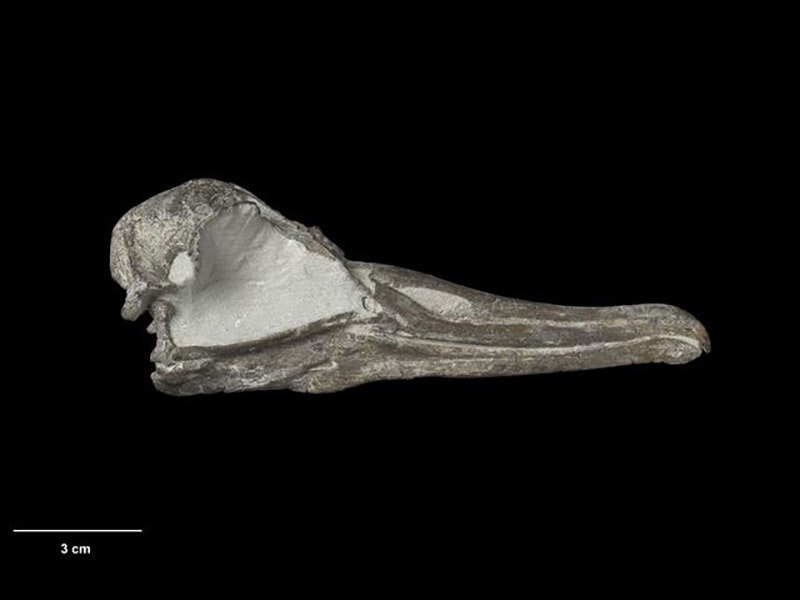
In 2011, Alastair Johnson was hunting for fossils on a remote beach in Taranaki when something magical appeared out of the rock – the most complete fossil albatross skull ever found. Curator of vertebrates Alan Tennyson tells us more.
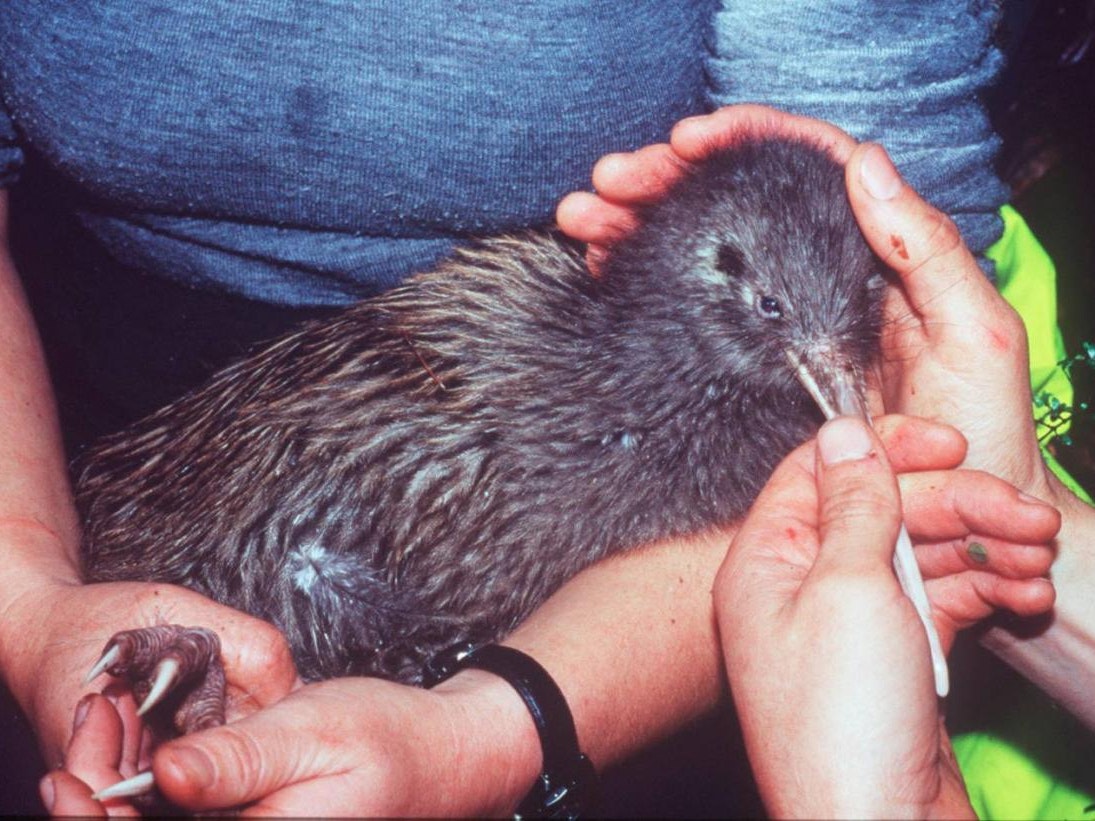
Research examining fossils, using anatomical observations and DNA, to investigate the evolution of Aotearoa New Zealand’s unique vertebrate fauna.
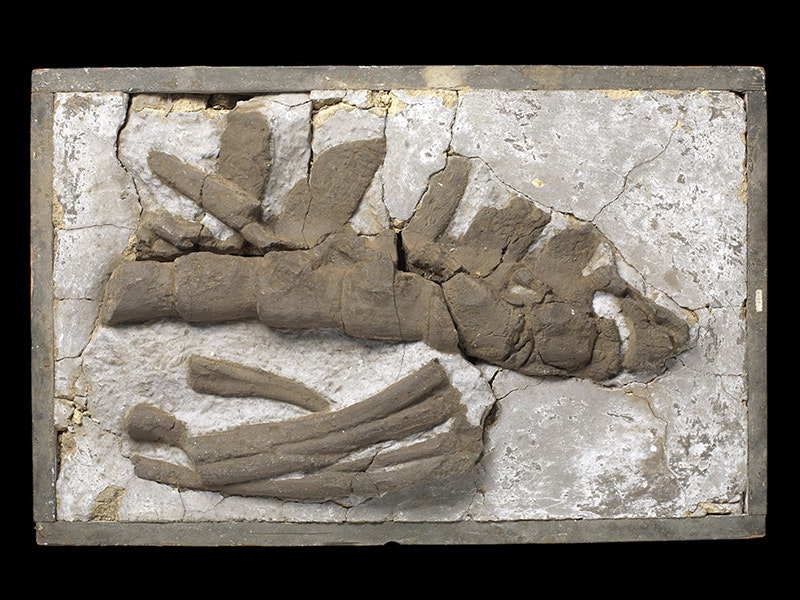
James Hector, the first director of the museum that eventually became Te Papa, found and named many species, including two genera of giant fossil reptiles – the Taniwhasaurus and Mauisaurus.
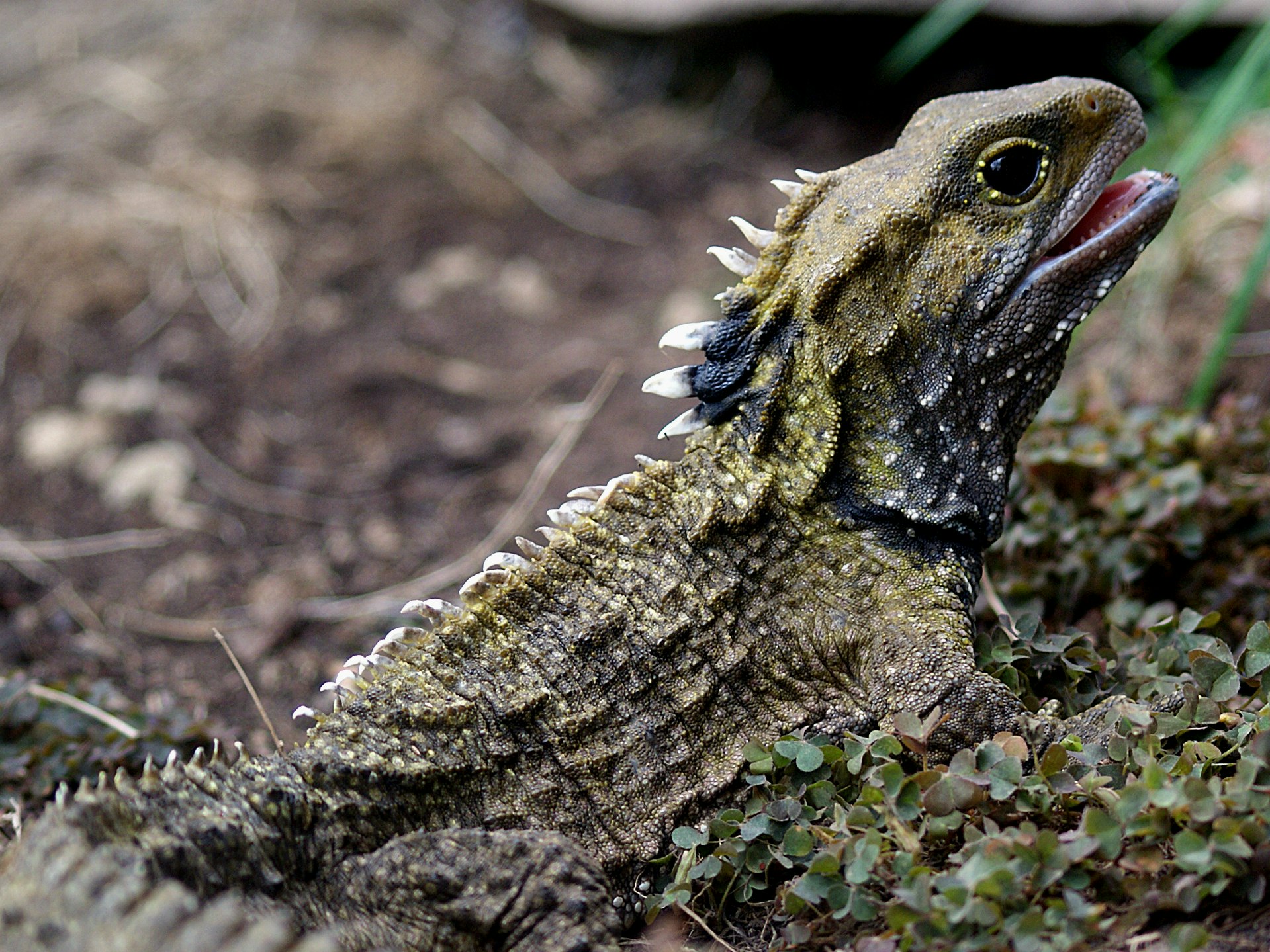
The tuatara hasn’t changed much for at least 19 million years.